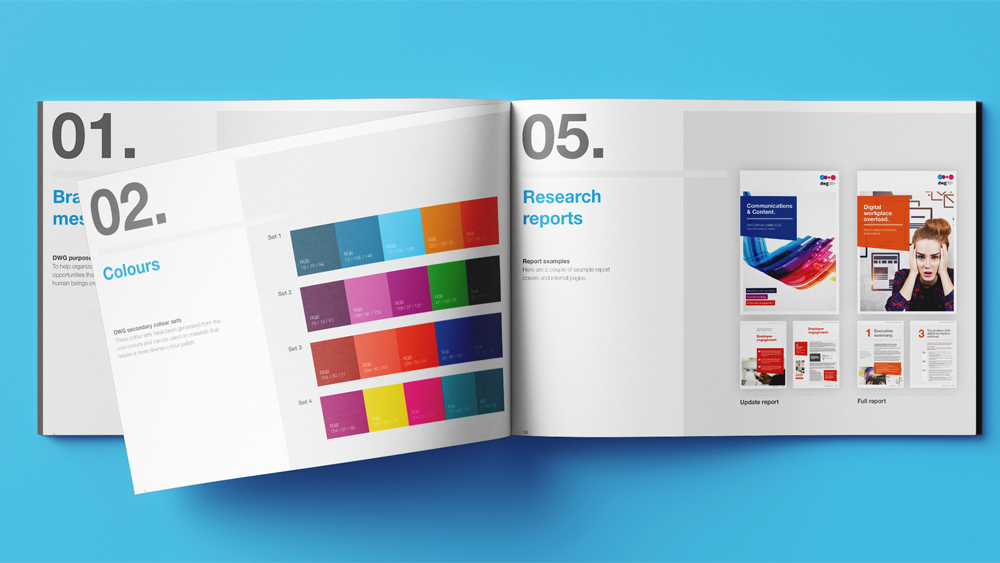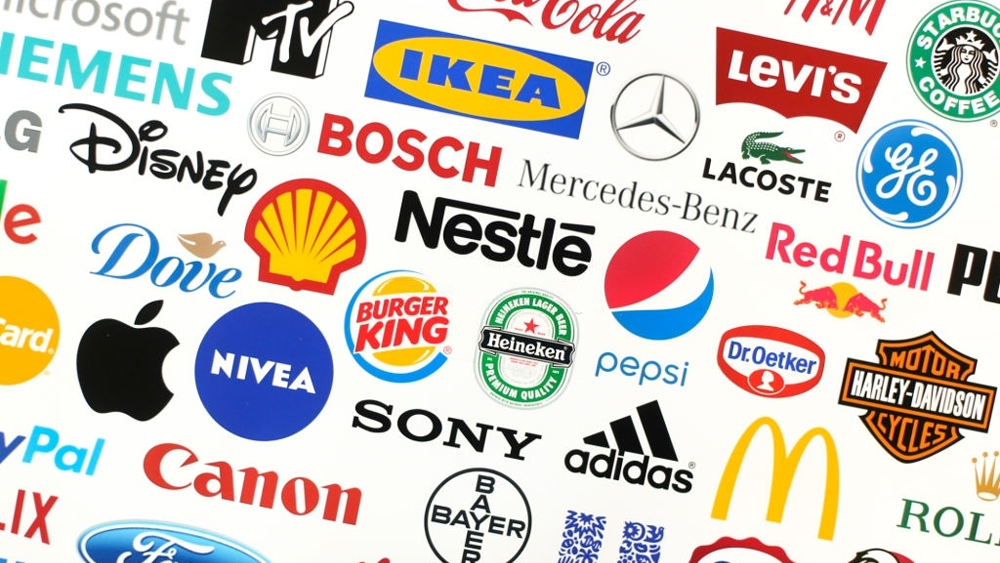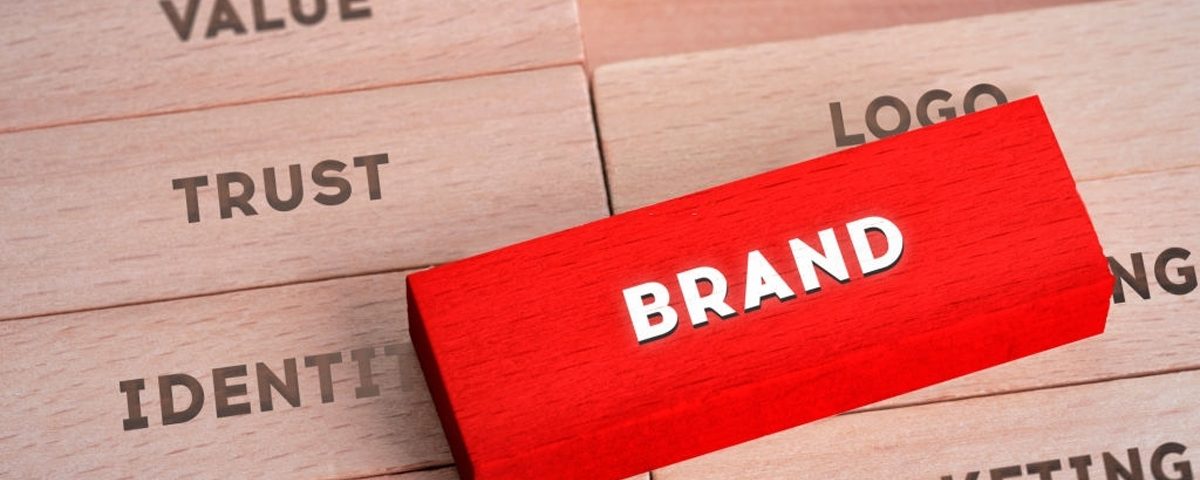
The different types of social media marketing
July 16, 2021
What are the different types of product photography?
August 15, 2021Chances are, like everyone else, you know that products often play a much more significant role than just a product. Examples include Coca-Cola, Starbucks and Ray-Ban. None of this can be considered a single product. We have interacted with each of these products throughout our lives and have unique experiences and memories of them. By buying each of them, we purchase a part of what is etched in our minds and souls.
Interestingly, product companies also produce their products with a specific policy and purpose, focusing on the experience they intend to create in the customer’s mind when shopping. A brand guideline or a brand handbook, which refers to a guide to recognizing a brand identity, is a set of documents that help people identify, create, and grow a brand. When undertaking a set of branding or re-branding projects of a company, the brand guideline must be provided to the project’s executors. This data and documentation are considered in the company’s internal and external processes to ensure the stability and consistency of the brand. When someone studies the brand guideline, he should get everything he needs to know about your brand and business.

What is the importance of the brand guideline
In a competitive market, a persuasive brand can be the difference between failure or success. The most important advantage of having a brand guideline is to create compatibility between different parts of the brand. Imagine a team of designers who have just been added to your company, and each of them will design one of the contents of social networks, websites, typography, illustration and so on. Without a brand guideline, each of these designers will move the design to their style. Eventually, you will have a collection of techniques, each of which is great on its own, but as a whole, does not fit together. The brand guideline guarantees that this will not happen. This booklet shows designers what fonts, typography, icon models, and color palettes to use to design each component. So, even novice designers will have no problem fitting in with the brand.

How to make a brand guideline?
In the following, we will review the standard template to create a branding guide and its components.
The cover:
The cover set reflects the overall style of the brand guide. The most popular option is to put the brand logo on the cover.
About us:
This section contains business information and the brand story.
Logo and its application:
This section shows how the logo should be used. For example, its color and size must be specified. If the logo contains words and an icon, we should try to create clear rules from where we should use it.
Typography:
In this section, we decide on the font and size.
Color:
Provide primary and secondary colors in HEX, RGB and CMYK to make sure we have color stability.
Designer Profile:
This option is a short profile of the designer that can provide contact information, experiences and show his portfolio. We have to make sure we put our link and address correctly.
Glossary:
We put all the words we used in the brand guideline in this section.




